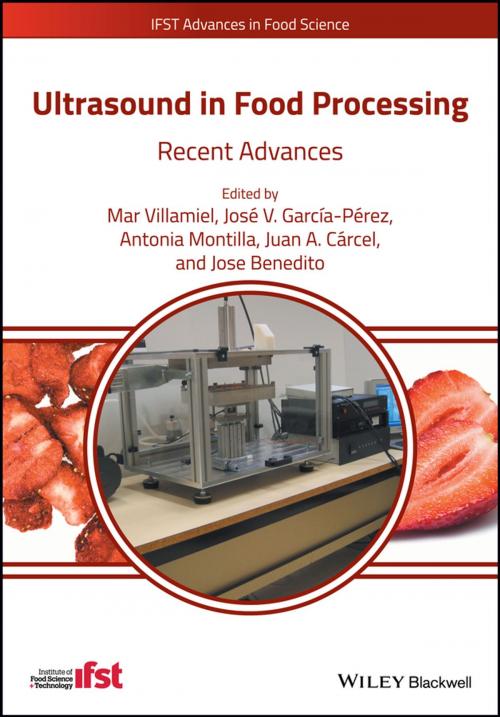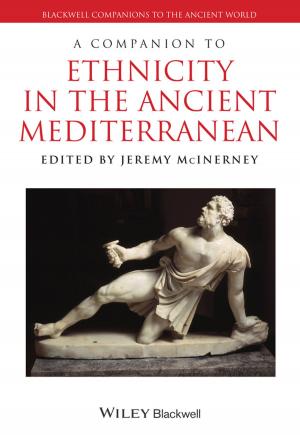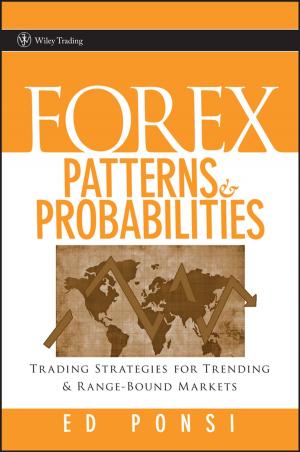Ultrasound in Food Processing
Recent Advances
Nonfiction, Science & Nature, Technology, Food Industry & Science| Author: | ISBN: | 9781118964163 | |
| Publisher: | Wiley | Publication: | April 25, 2017 |
| Imprint: | Wiley-Blackwell | Language: | English |
| Author: | |
| ISBN: | 9781118964163 |
| Publisher: | Wiley |
| Publication: | April 25, 2017 |
| Imprint: | Wiley-Blackwell |
| Language: | English |
Part I: Fundamentals of ultrasound
This part will cover the main basic principles of ultrasound generation and propagation and those phenomena related to low and high intensity ultrasound applications. The mechanisms involved in food analysis and process monitoring and in food process intensification will be shown.
Part II: Low intensity ultrasound applications
Low intensity ultrasound applications have been used for non-destructive food analysis as well as for process monitoring. Ultrasonic techniques, based on velocity, attenuation or frequency spectrum analysis, may be considered as rapid, simple, portable and suitable for on-line measurements. Although industrial applications of low-intensity ultrasound, such as meat carcass evaluation, have been used in the food industry for decades, this section will cover the most novel applications, which could be considered as highly relevant for future application in the food industry. Chapters addressing this issue will be divided into three subsections: (1) food control, (2) process monitoring, (3) new trends.
Part III: High intensity ultrasound applications
High intensity ultrasound application constitutes a way to intensify many food processes. However, the efficient generation and application of ultrasound is essential to achieving a successful effect. This part of the book will begin with a chapter dealing with the importance of the design of efficient ultrasonic application systems. The medium is essential to achieve efficient transmission, and for that reason the particular challenges of applying ultrasound in different media will be addressed.
The next part of this section constitutes an up-to-date vision of the use of high intensity ultrasound in food processes. The chapters will be divided into four sections, according to the medium in which the ultrasound vibration is transmitted from the transducers to the product being treated. Thus, solid, liquid, supercritical and gas media have been used for ultrasound propagation. Previous books addressing ultrasonic applications in food processing have been based on the process itself, so chapters have been divided in mass and heat transport, microbial inactivation, etc. This new book will propose a revolutionary overview of ultrasonic applications based on (in the authors’ opinion) the most relevant factor affecting the efficiency of ultrasound applications: the medium in which ultrasound is propagated. Depending on the medium, ultrasonic phenomena can be completely different, but it also affects the complexity of the ultrasonic generation, propagation and application.
In addition, the effect of high intensity ultrasound on major components of food, such as proteins, carbohydrates and lipids will be also covered, since this type of information has not been deeply studied in previous books.
Other aspects related to the challenges of food industry to incorporate ultrasound devices will be also considered. This point is also very important since, in the last few years, researchers have made huge efforts to integrate fully automated and efficient ultrasound systems to the food production lines but, in some cases, it was not satisfactory. In this sense, it is necessary to identify and review the main related problems to efficiently produce and transmit ultrasound, scale-up, reduce cost, save energy and guarantee the production of safe, healthy and high added value foods.
Part I: Fundamentals of ultrasound
This part will cover the main basic principles of ultrasound generation and propagation and those phenomena related to low and high intensity ultrasound applications. The mechanisms involved in food analysis and process monitoring and in food process intensification will be shown.
Part II: Low intensity ultrasound applications
Low intensity ultrasound applications have been used for non-destructive food analysis as well as for process monitoring. Ultrasonic techniques, based on velocity, attenuation or frequency spectrum analysis, may be considered as rapid, simple, portable and suitable for on-line measurements. Although industrial applications of low-intensity ultrasound, such as meat carcass evaluation, have been used in the food industry for decades, this section will cover the most novel applications, which could be considered as highly relevant for future application in the food industry. Chapters addressing this issue will be divided into three subsections: (1) food control, (2) process monitoring, (3) new trends.
Part III: High intensity ultrasound applications
High intensity ultrasound application constitutes a way to intensify many food processes. However, the efficient generation and application of ultrasound is essential to achieving a successful effect. This part of the book will begin with a chapter dealing with the importance of the design of efficient ultrasonic application systems. The medium is essential to achieve efficient transmission, and for that reason the particular challenges of applying ultrasound in different media will be addressed.
The next part of this section constitutes an up-to-date vision of the use of high intensity ultrasound in food processes. The chapters will be divided into four sections, according to the medium in which the ultrasound vibration is transmitted from the transducers to the product being treated. Thus, solid, liquid, supercritical and gas media have been used for ultrasound propagation. Previous books addressing ultrasonic applications in food processing have been based on the process itself, so chapters have been divided in mass and heat transport, microbial inactivation, etc. This new book will propose a revolutionary overview of ultrasonic applications based on (in the authors’ opinion) the most relevant factor affecting the efficiency of ultrasound applications: the medium in which ultrasound is propagated. Depending on the medium, ultrasonic phenomena can be completely different, but it also affects the complexity of the ultrasonic generation, propagation and application.
In addition, the effect of high intensity ultrasound on major components of food, such as proteins, carbohydrates and lipids will be also covered, since this type of information has not been deeply studied in previous books.
Other aspects related to the challenges of food industry to incorporate ultrasound devices will be also considered. This point is also very important since, in the last few years, researchers have made huge efforts to integrate fully automated and efficient ultrasound systems to the food production lines but, in some cases, it was not satisfactory. In this sense, it is necessary to identify and review the main related problems to efficiently produce and transmit ultrasound, scale-up, reduce cost, save energy and guarantee the production of safe, healthy and high added value foods.















